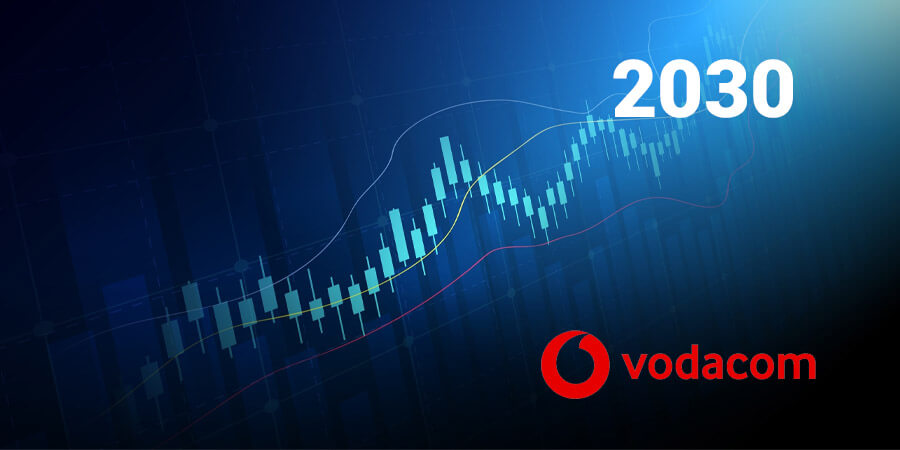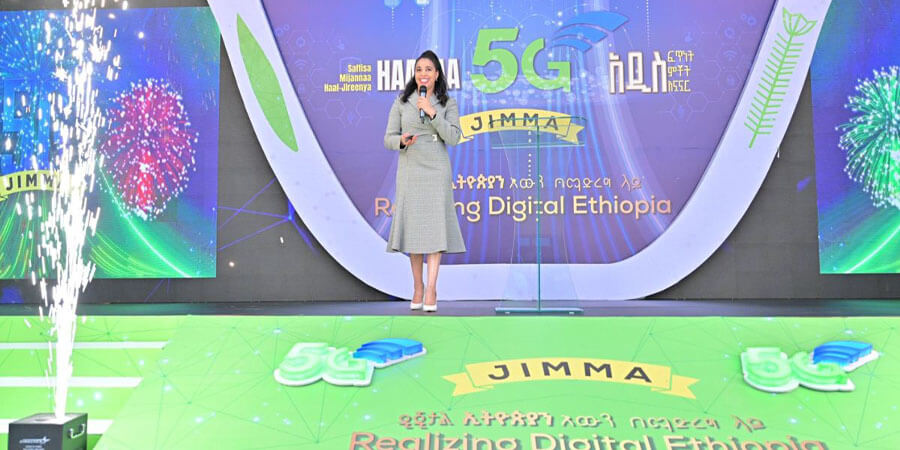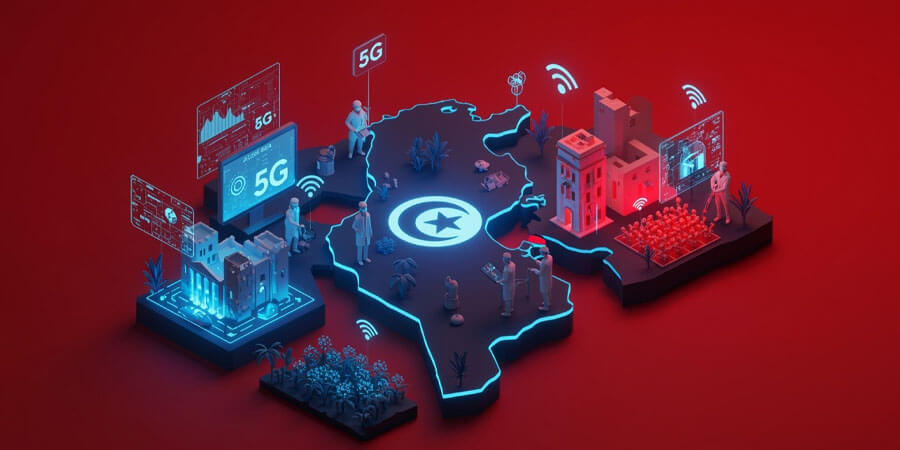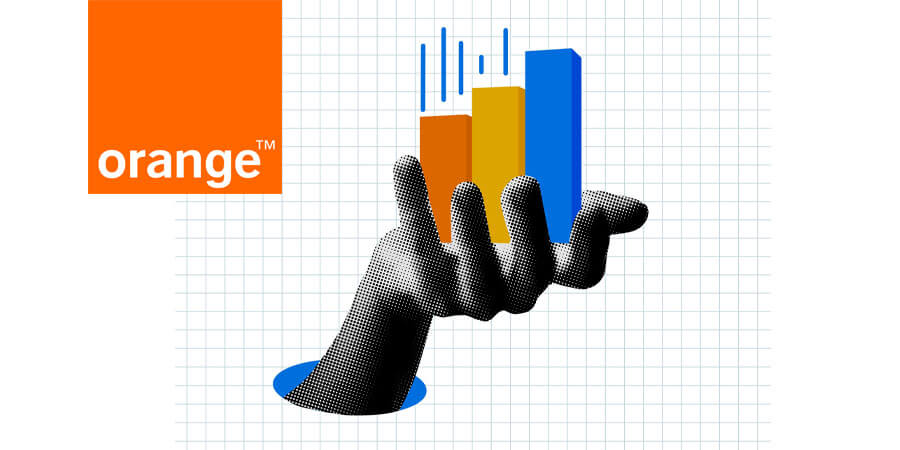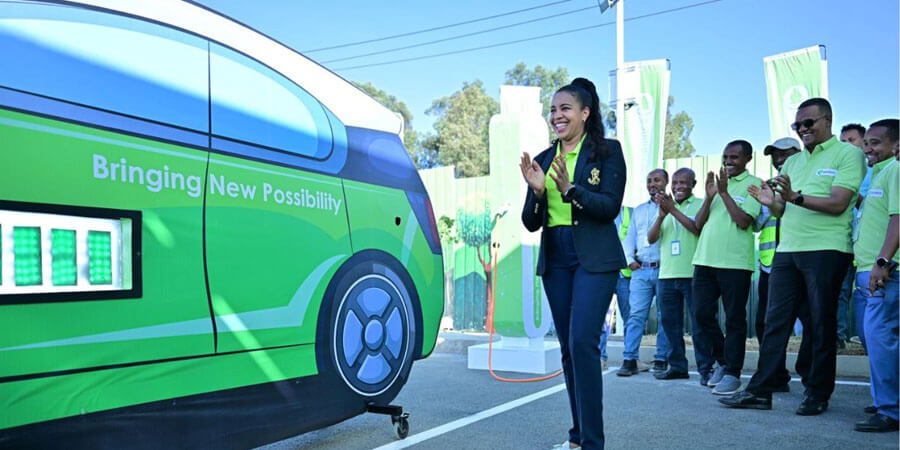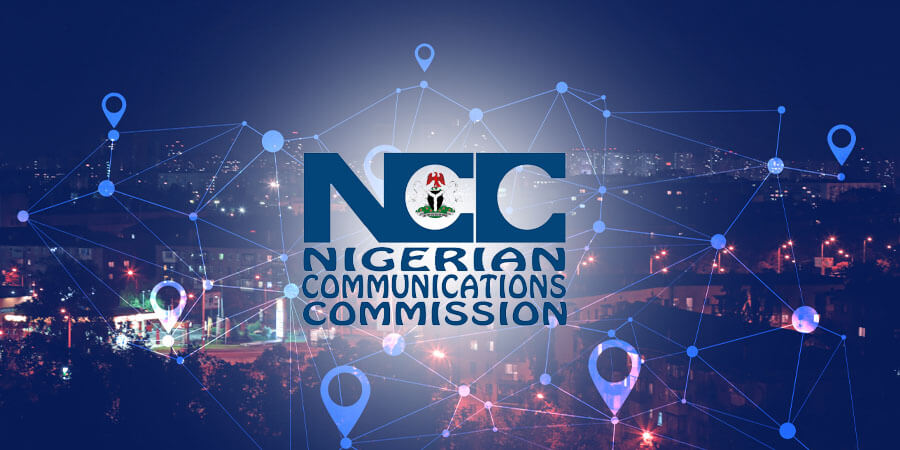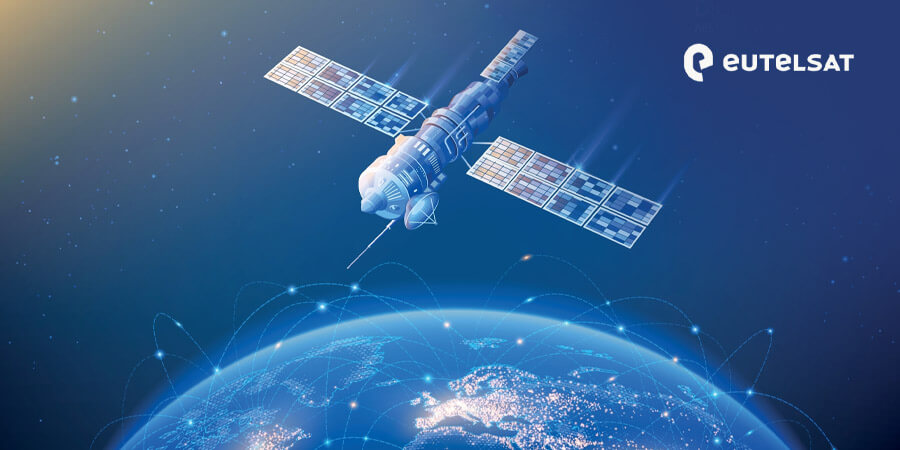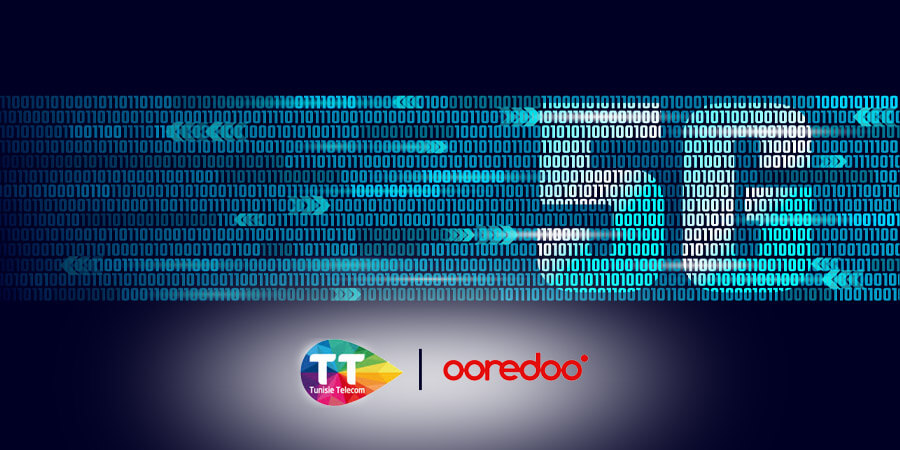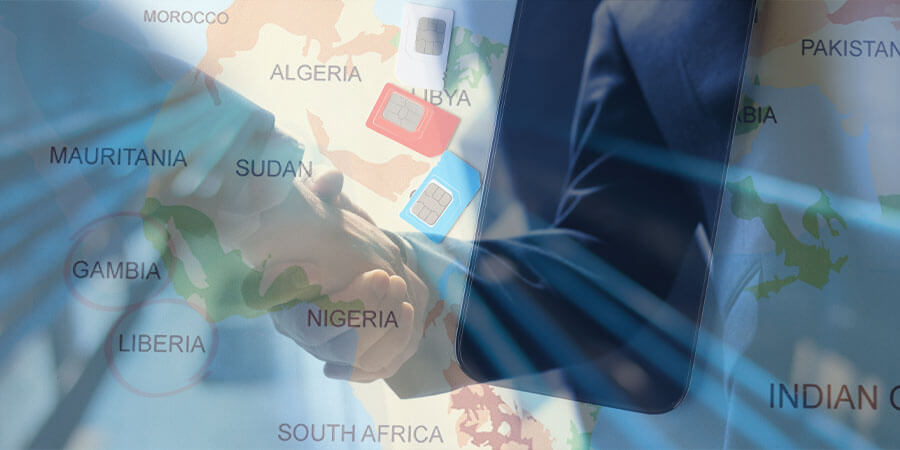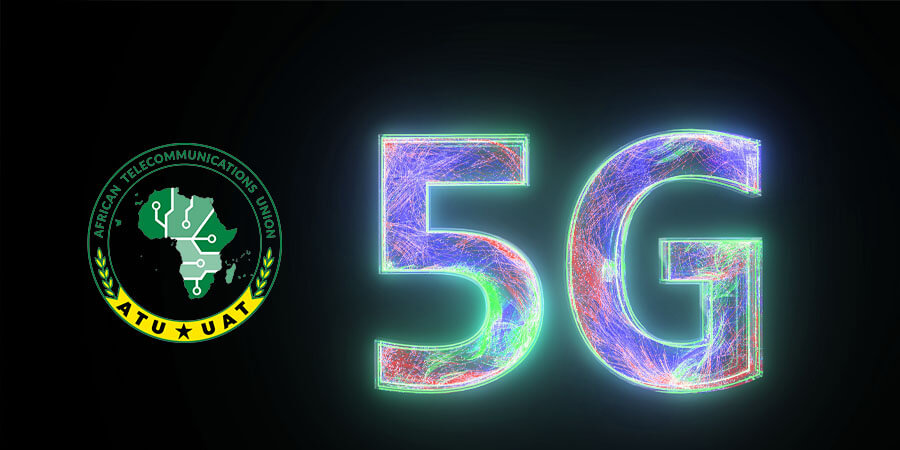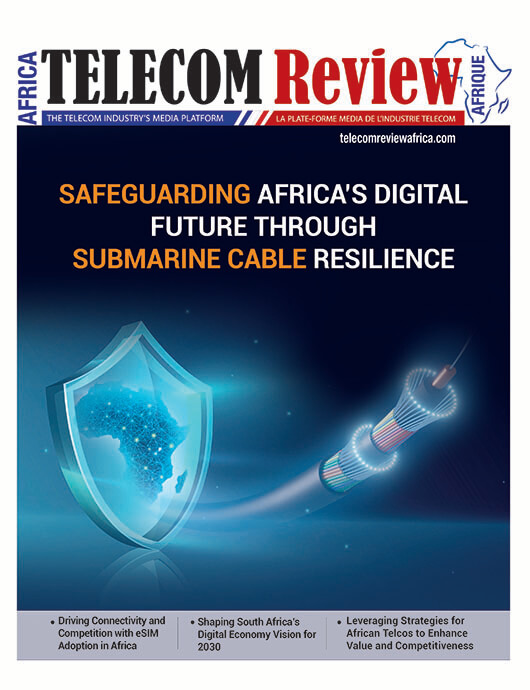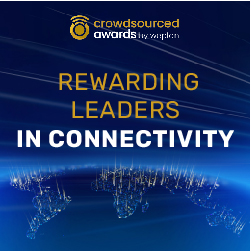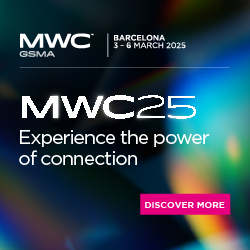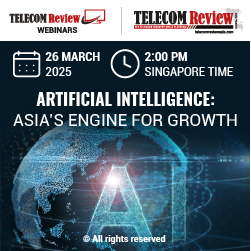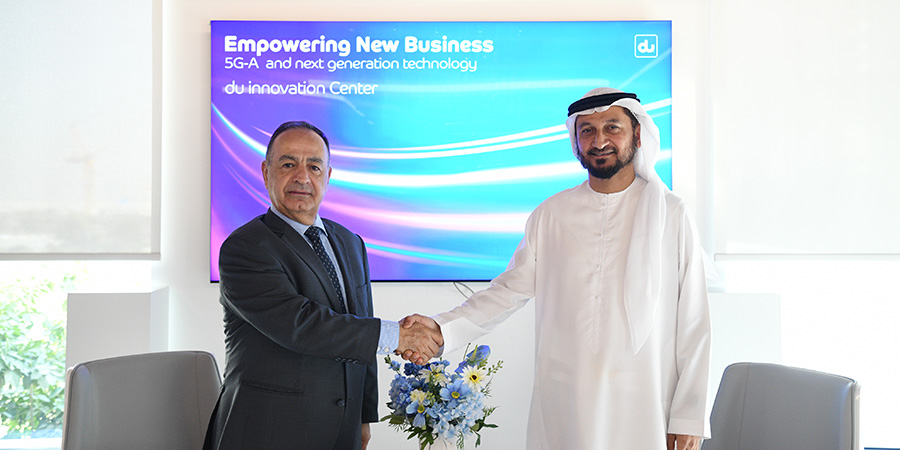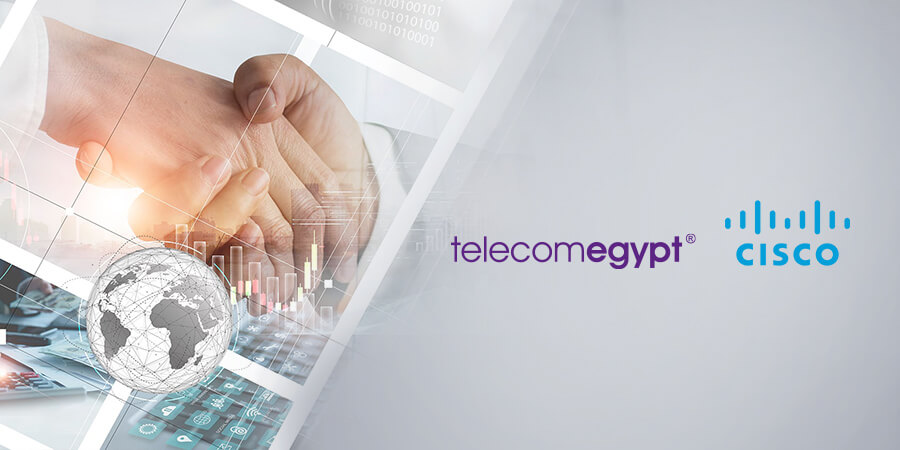Recent strides in AI, particularly in the domain of generative AI, have ignited the public's imagination, showcasing the potential to drive extraordinary accomplishments, unlock new economic opportunities and foster meaningful connections among individuals, creators and businesses alike.
Embracing an open approach to AI model development, especially within the rapidly advancing generative landscape, is thought to be the optimal strategy for the widest array of users. By making AI models openly accessible, businesses, startups, entrepreneurs and researchers can leverage cutting-edge tools via unparalleled computing power. This dynamic opens up uncharted terrain for experimentation and innovation and, ultimately, the possibility of profound socioeconomic rewards.
For over a decade, Meta has remained persistently dedicated to exploratory research, open-source initiatives and collaboration with academic and industry partners in AI. The release of several large language models has already spurred remarkable progress and innovation within the AI community, propelling a surge of demand and achievements with the groundbreaking Llama 1.
However, the journey does not end there. In a bold move, Meta is now taking the momentous step of open-sourcing its latest iteration, “Llama 2,” providing it free of charge to support both research and commercial usage. This offering encompasses model weights and starting code for both pretrained and conversationally fine-tuned versions. Notably, Meta has chosen Microsoft as a preferred partner, expanding their commitment to generative AI by making Llama 2 available in the esteemed Azure AI model catalog.
Emphasizing a Responsible Future
Transparency and accessibility lie at the heart of this open-source approach. While AI has already brought tremendous advances to society, there is an inherent recognition of the potential risks it entails. To combat this, Meta and Microsoft are committed to responsible development, providing robust resources to support users of Llama 2 in doing the same.
- Rigorous Red-Teaming Exercises: Prioritizing safety, the fine-tuned models have undergone rigorous red-teaming, encompassing both internal and external testing efforts. In this approach, adversarial prompts were meticulously generated to facilitate model fine-tuning, with third-party engagement for external adversarial testing to identify potential performance gaps. These safety fine-tuning processes are iterative, and the dedication remains resolute in continually investing in safety through fine-tuning and benchmarking, ensuring that updated fine-tuned models are released based on these efforts.
- Transparency Schematic: Detailed explanations of the fine-tuning and evaluation methods are provided, highlighting any shortcomings. The transparency schematic featured in the research paper discloses known challenges and issues encountered while offering insights into the mitigation measures implemented as well as future explorations.
- Responsible Use Guide: To support developers, a comprehensive guide has been produced outlining best practices for responsible development and safety evaluations. It incorporates the latest research on responsible generative AI from the industry and AI research community.
- Acceptable Use Policy: Such an implemented policy restricts certain use cases, ensuring fair and responsible utilization of the models.
In addition, Meta has initiated new endeavors to harness the insights and creativity of individuals, researchers and developers worldwide to gather feedback and enhance model performance.
- Open Innovation AI Research Community: Pioneering a new partnership program tailored for academic researchers, this initiative aims to deepen the collective understanding of responsible development and sharing of large language models. Researchers can now apply to join this esteemed community of practitioners, where they can share invaluable learnings and collaboratively shape a research agenda for a brighter future.
- Llama Impact Challenge: Aiming to ignite the spirit of innovation across the globe, this challenge invites diverse entities, including public, non-profit and for-profit organizations, to harness the power of Llama 2 to tackle pressing real-world issues in areas such as the environment, education and more. The comprehensive challenge rules will be made available to all participants prior to the event’s commencement.
Meta's steadfast belief in the transformative potential of open-source innovation, as exemplified by their significant contributions to React and PyTorch, continues to resonate in their current efforts with large language models. The open sharing of Llama 2 with the world at large is poised to usher in an era of helpful and safer generative AI developments, heralding exciting possibilities that will redefine our AI-driven future.
In conclusion, the groundbreaking partnership between Meta and Microsoft has set a new benchmark for responsible AI development while pushing the boundaries of open-source AI model sharing. As the world sets out on this transformative journey with Llama 2, a future brimming with possibilities awaits.





